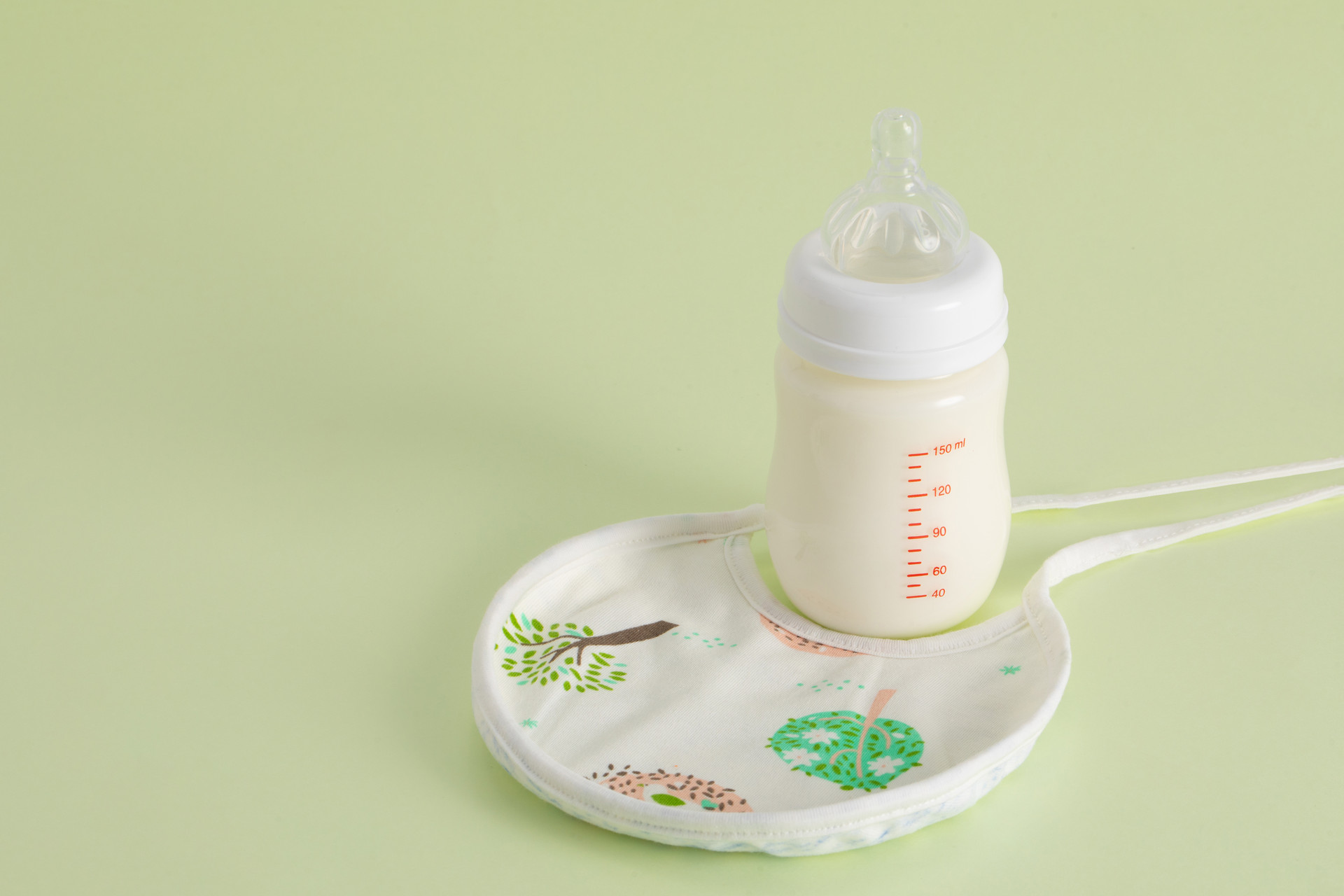Summer is the season when hand, foot and mouth disease is most prevalent. The high temperature in summer not only promotes the reproduction of the virus, but also facilitates the growth of the bacteria causing hand, foot and mouth disease. Therefore, it is important to take preventive measures during the summer to control and treat hand, foot and mouth disease. Below, I have compiled fifty pieces of knowledge about hand, foot and mouth disease in children for everyone to learn together!
37. How should daycare centers and schools report outbreaks?
Answer: Daycare centers and schools should report outbreaks to the health and education authorities in a timely manner.
38. What measures should daycare centers, primary schools, and other collective units take to prevent and control hand, foot and mouth disease?
Answer: (1) During the peak season of the disease, classrooms, dormitories, and other places should maintain good ventilation. (2) Toys, personal items, utensils, and other items should be cleaned and disinfected daily. (3) When cleaning or disinfecting (especially toilets), staff should wear protective clothing and gloves. After cleaning, hands should be washed immediately. (4) Surfaces of objects such as doorknobs, handrails, and desktops should be wiped and disinfected daily. (5) Educate and guide children to develop the habit of proper handwashing. (6) Conduct daily morning checks, and if a suspicious case is found, the child should be promptly referred for medical treatment and advised to rest at home; items used by the child should be immediately disinfected. (7) In case of an increase in the number of cases, timely reports should be made to the health and education authorities, and daycare centers or primary schools may be closed depending on the need for epidemic control.
39. How should hospitals receive suspected hand, foot and mouth disease patients during an outbreak?
Answer: Hospitals should implement pre-examination triage, and increase the frequency of cleaning and disinfection in waiting and treatment areas for hand, foot and mouth disease patients. Wet cleaning methods should be used for indoor cleaning.
40. How to disinfect daily necessities, books, toys, and transportation vehicles?
Answer: Wipe and disinfect with a chlorine-containing disinfectant solution with an effective chlorine content of 500 mg/L for 30 minutes, or use 0.3% peracetic acid for 60 minutes, or directly expose to ultraviolet light for 30 minutes.
41. How to disinfect tableware?
Answer: Use high-temperature methods such as boiling or disinfection cabinets; or disinfect with a chlorine-containing disinfectant solution with an effective chlorine content of 250 mg/L for 30 minutes.
42. How to disinfect patient feces?
Answer: Collect patient feces separately, mix with lime in a 1:1 ratio, and thoroughly disinfect. In rural areas, high-temperature composting or other methods can be used for harmless treatment.
43. How to disinfect containers containing excreta?
Answer: Disinfect with a chlorine-containing disinfectant solution with an effective chlorine content of 500 mg/L for 120 minutes.
44. How to disinfect patient clothing and bedding?
Answer: Sun exposure, boiling disinfection, or disinfection with a chlorine-containing disinfectant solution with an effective chlorine content of 500 mg/L for 30 minutes.
45. How to disinfect toilets or other contaminated floors and walls?
Answer: Spray with a chlorine-containing disinfectant solution with an effective chlorine content of 500 mg/L, using 200 mL/square meter; dry toilets can also be covered with lime.
46. What is the correct handwashing method?
Answer: The correct handwashing method is: Wet, Rub, Rinse, Pat, Dry.
(1) Wet: Wet hands under the tap and apply soap or hand sanitizer.
(2) Rub: Rub the palms, back of hands, and interlaced fingers for 20 seconds.
(3) Rinse: Rinse hands with clean water.
(4) Pat: Use clean towel or tissue to pat dry or use a hand dryer.
47. How to prevent cross-infection when receiving hand, foot and mouth disease patients in hospitals?
Answer: After diagnosing and caring for each hand, foot and mouth disease patient, medical staff should wash their hands or disinfect them. Non-disposable instruments and items should be wiped and disinfected. Other non-enteric virus-infected patients should not be admitted to the same ward, and severe cases should be isolated and treated separately. Beds, tables, chairs, and other facilities and items used by hospitalized patients must be disinfected before continued use. Respiratory secretions and feces of patients and contaminated items should be disinfected.
48. What specimens are generally collected from hand, foot and mouth disease patients?
Answer: Generally, blood, throat swabs (or mouthwash), and feces are collected from hand, foot and mouth disease patients; blister fluid should be collected if there are rash symptoms; cerebrospinal fluid should be collected if there are clear signs of meningitis or encephalitis.
49. How should specimens from hand, foot and mouth disease patients be stored?
Answer: Specimens such as throat swabs (or mouthwash), blister fluid, cerebrospinal fluid, and feces should be immediately frozen and stored at a temperature below -20°C.
50. What are the commonly used laboratory testing methods for hand, foot and mouth disease?
Answer: The commonly used laboratory testing methods for hand, foot and mouth disease include virus isolation and identification, virus nucleic acid testing (PCR method), and serum neutralizing antibody testing.











